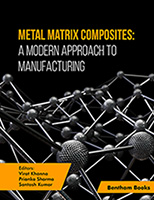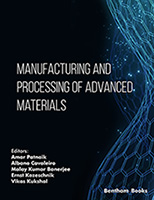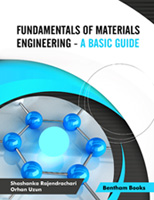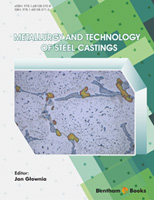Ceramic thin films based on metal nitrides and oxides are established materials with numerous industrial applications and still with a promising future, in addition to being materials of great interest to the academic and industrial communities. Although most of their applications are relatively recent, the metal nitrides and oxides have been known for almost a century. The industrial importance of the metal nitrides and oxides keeps growing rapidly, not only in the traditional and well-established applications based on the strength and refractory nature of these materials such as cutting tools and abrasives, but also in new and promising fields such as electronics and optoelectronics.
Recently, and using the idea of merging the benefits of the basic characteristics of both metal nitrides and oxides, a new class of materials is gaining more and more relevance in several technological applications, the metal oxynitrides, MeNxOy. Their relevance arises from the fact that the addition of oxygen to MeNx allows the tailoring of film properties between those of metal nitrides, MeNx, and those of the correspondent insulating oxides, MeOy. Tuning the oxygen/nitrogen ratio allows playing with the band gap, the electronic conductivity, and the crystallographic order between oxide and nitride and hence the electronic and (micro)structural properties of the materials, and thus the overall set of properties. These metal oxynitrides are now investigated in several research groups and technologically developed and applied. They open up new industrial possibilities in several different fields, taking profit of the extended range of properties that arise for the mixing of the basic characteristics of both nitrides and oxides in one material.
Oxynitride thin films are either emerging or about to emerge from the research laboratory to become commercially available finding various practical applications. No textbook outlining the basic theoretical background, the methods of fabrication and applications currently exist. Thus, this book aims at presenting an in-depth overview of this topic covering a broad range of oxynitride thin films technologies including simple approaches like sputtering targets with a mixture of two reactive gases to more complex ones such as gas and power pulsing ones, presented in a systematic fashion, by the scientific leaders in the respective domains. The main purpose is to provide a systematic and an in-depth overview of the topic, on both a high and current level. It offers information on the physical basics as well as the latest results in a compact yet comprehensive manner. It covers a broad range of related topics, from physical principles to design, fabrication, characterization, and possible applications in various types of devices. The book was written by and for scientists and engineers from all the areas related to the synthesis and application of Metallic Oxynitride Thin Films, which is intended to serve as a cross-disciplinary major reference work. The book will also serve as a valuable introduction to undergraduate and graduate students interested in oxynitride thin film technology. The contributions cover the physical processes involved in development of metal oxynitrides, from a growth point of view, via their atomic structures and the related production characteristics right up to some future industrial applications. We hope that this book will be useful to the multitude of disciplines represented by the vacuum coaters and will bring a highly pertinent tool for anyone working in the applied materials research or the modern industry. In particular, it is intended for researchers in thin film processing who want to fill knowledge gaps. Knowledge, which is specific to oxynitride compounds, from their synthesis to their resulting behaviors.
The first three chapters deal with the reactive sputtering process as an attractive way to fabricate metal oxynitride thin films. Modeling of such a complex process is especially surveyed and pulsing approaches (gas and power) appear as original experimental procedures to achieve tunable oxynitride compounds. The next five chapters provide a brief description yet pithy of different oxynitride systems: zirconium, titanium, chromium, niobium and aluminum. Each of these chapters describes the physico-chemical properties and the structural modifications induced by a systematic change of the metalloid contents in the films. The functional properties are also assessed in connection to the main characteristics of the oxynitrides. The last four chapters address a non-exhaustive overview of promising applications in various fields such as optoelectronics, biomedicals, gas barriers, decorative and wear resistance, microelectronic devices …
Combining production related issues and a selection of some successful applications; this comprehensive source will give you a unique perspective to the fascinating field where nanoscale materials and their various synthesis methods meet. Intended to be a reference work of this magnitude, it provides a broad, yet in-depth perspective of numerous facets. For all this, the editors wish to thank all the authors of the chapters for their important contribution, as well as for updating the final stage of the book publishing. Our warmest thanks go to the partners of the “Hardecoat” European project who indirectly motivated us to initiate this book. Finally, we want to thank Prof. Allan Matthews for taking his time to write the foreword.
Filipe Vaz
Minho University
Portugal
Nicolas Martin
National Engineering School ENSMM
France
Martin Fenker
FEM Forschungsinstitut Edelmetalle & Metallchemi
Germany





